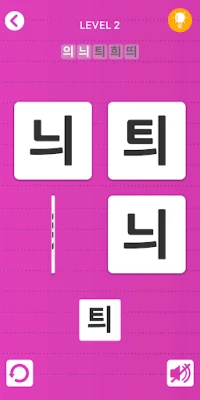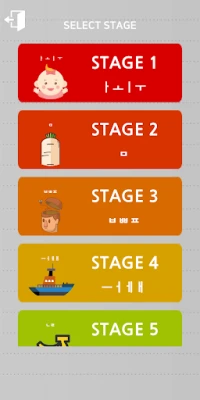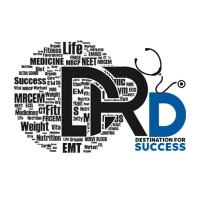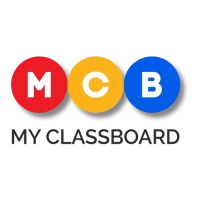
Latest Version
1.10.6
November 14, 2025
EVERSTONE Ltd
Education
Android
0
Free
com.evst.LearnHangul
Report a Problem
More About LEARN HANGUL(Korean alphabet)
Mastering Hangul: Unlock the Secrets of Korean Reading and Writing
Have you ever felt a twinge of envy watching your friends effortlessly read Hangul? If so, you're not alone. Many aspiring learners find themselves captivated by the beauty of the Korean script but unsure of how to begin. The good news is that with a well-structured approach, you can master Hangul and quickly learn to distinguish between its many similar letters.
Understanding the Structure of Hangul
Hangul, the writing system of the Korean language, was meticulously designed to be logical and easy to learn. Each character represents a sound, making it simpler for learners to grasp the fundamentals of reading and writing. Unlike other complex scripts, Hangul allows you to remember characters from previous stages without the need for constant review.
Why You Should Learn Hangul
Learning Hangul opens up a world of opportunities. Not only does it enhance your ability to communicate in Korean, but it also deepens your understanding of Korean culture. Here are a few compelling reasons to embark on this journey:
- Enhanced Communication: Being able to read and write in Korean allows you to engage more fully with native speakers.
- Cultural Appreciation: Understanding the language enriches your experience of Korean media, literature, and traditions.
- Personal Growth: Learning a new script challenges your brain and boosts cognitive skills.
Getting Started with Hangul
If you've previously attempted to learn Hangul and found it overwhelming, don't be discouraged. It's time to give it another shot! Here are some effective strategies to help you succeed:
1. Break It Down
Start by familiarizing yourself with the basic components of Hangul. The script consists of 14 basic consonants and 10 basic vowels. By learning these foundational elements, you can begin to form syllables and words.
2. Use Mnemonics
Creating associations can significantly enhance your memory. For instance, visualize the shape of a letter and connect it to a word or image that starts with that sound. This technique makes it easier to recall characters when you need them.
3. Practice Regularly
Consistency is key when learning a new language. Set aside time each day to practice reading and writing Hangul. Use flashcards, apps, or online resources to reinforce your skills.
Resources for Learning Hangul
There are numerous resources available to help you on your journey to mastering Hangul. Here are some recommended tools:
- Language Learning Apps: Apps like Duolingo and Memrise offer interactive lessons that make learning fun and engaging.
- YouTube Tutorials: Many educators provide free video lessons that break down the complexities of Hangul.
- Online Courses: Websites like Coursera and Udemy offer structured courses that guide you through the learning process.
Overcoming Challenges in Learning Hangul
It's natural to encounter challenges when learning a new script. Here are some common obstacles and how to overcome them:
1. Similar Characters
Many Hangul letters may appear similar at first glance. To tackle this, focus on the unique features of each character. Practice writing them repeatedly until you can distinguish them effortlessly.
2. Pronunciation Difficulties
Hangul is phonetic, but some sounds may not exist in your native language. Listening to native speakers and practicing aloud can help you improve your pronunciation.
Celebrate Your Progress
As you continue your journey to learn Hangul, take time to celebrate your achievements. Whether it's reading a simple sentence or writing your name in Korean, every step forward is a victory. Remember, persistence is key, and with dedication, you will be able to read and write Korean fluently.
Conclusion
Learning Hangul is not just about mastering a script; it's about unlocking a new way to connect with the Korean language and culture. If you've previously given up on learning Hangul, now is the perfect time to try again. With the right mindset and resources, you can transform your ability to communicate in Korean from merely speaking to reading and writing with confidence. Embrace the challenge, and soon you'll find yourself enjoying the beauty of the Korean language in its written form.
Rate the App
User Reviews
Popular Apps










Editor's Choice































